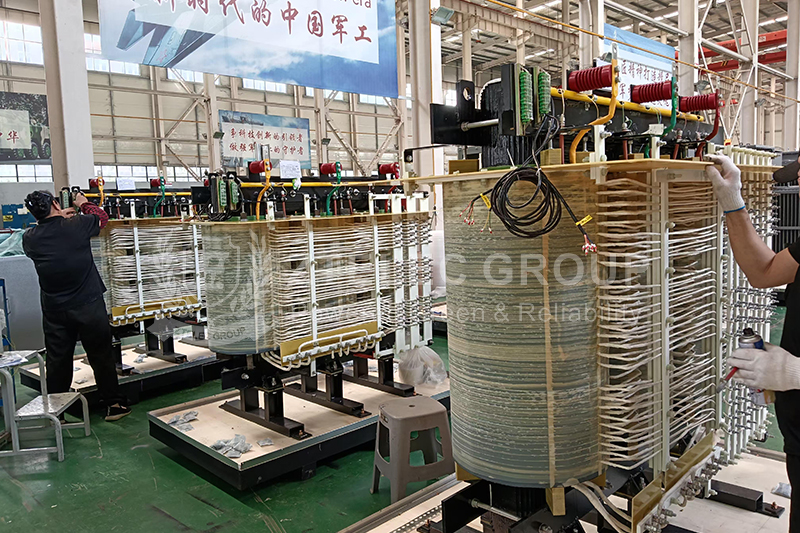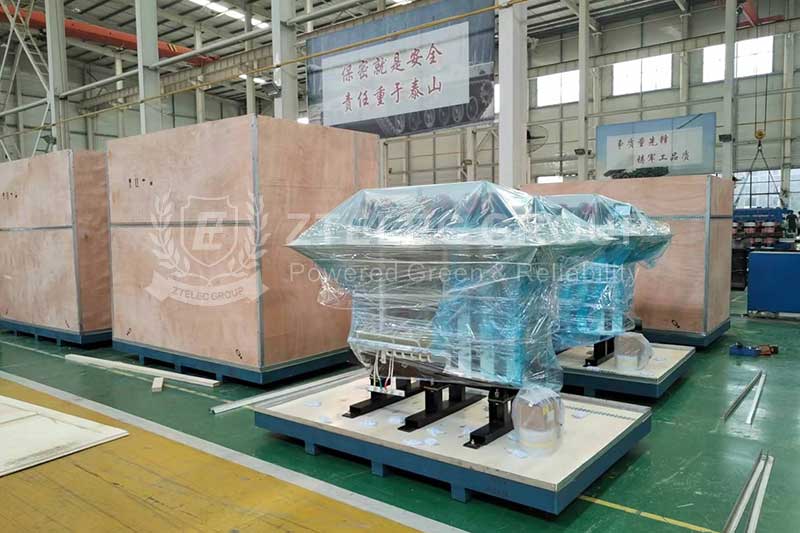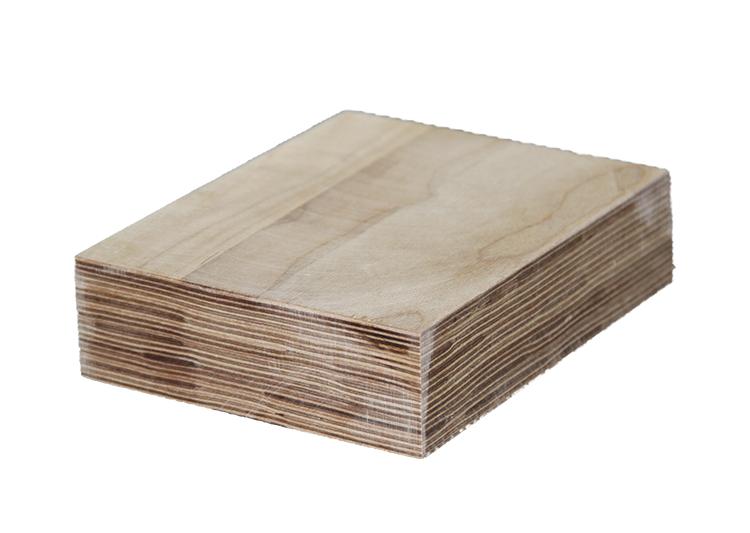Full function analysis of laminated wood in oil-immersed transformers: insulation, support and safety
In the power transmission system, oil-immersed transformers are core equipment, and their performance and reliability directly affect the stable operation of the power grid. Laminated wood, as a key material for oil-immersed transformers, has been treated with special processes and plays an important role in insulation, mechanical support and safety. The following will deeply analyze the various functional characteristics of laminated wood in oil-immersed transformers.
1. Material properties of laminated wood
Laminated wood is a high-performance insulating material, which is essentially different from ordinary wood. Birch is used as the raw material during production because of its dense structure and stable performance. These woods are first impregnated with resin to fully fill the gaps in the wood fibers, and then laminated under high temperature and high pressure to finally form a high-density structure with high strength and high stability.
When the transformer is running, the transformer oil will penetrate into the wood fibers. This will further enhance the insulation performance of laminated wood, while reducing its hygroscopicity, so that it can adapt to complex operating environments. In addition, chemical modification treatments such as acetylation can effectively reduce the sensitivity of laminated wood to humidity and ensure its long-term stable performance.
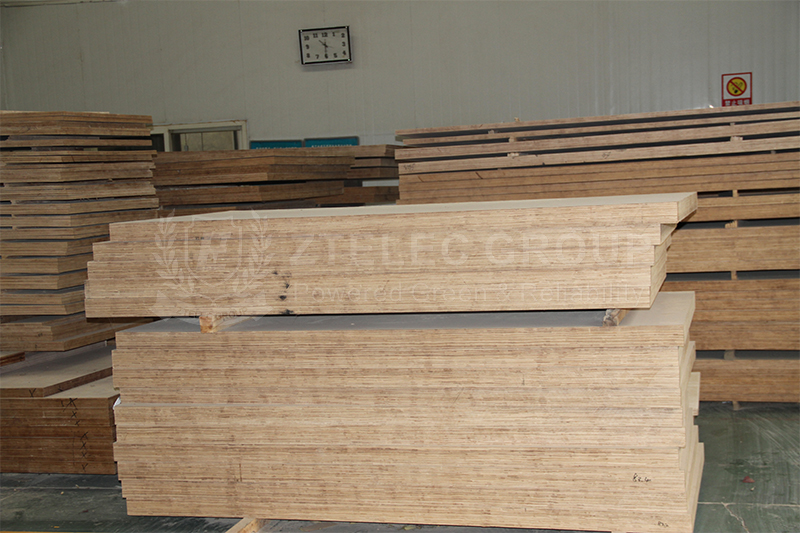
2. The core function of laminated wood
Insulation performance
Laminated wood plays the main insulation function in oil-immersed transformers. It is used to achieve insulation isolation between windings and cores, windings and oil tanks, and can withstand high voltage and impact voltage. Laminated wood and transformer oil form a composite insulation system. The two work together to significantly improve the overall voltage resistance of the transformer.
At the same time, special treatments such as spraying semiconductor paint on the surface of laminated wood can prevent corona discharge, reduce the damage of local discharge to the insulation structure, and extend the service life of the transformer.
Mechanical support
When the transformer is running, especially when a short-circuit fault occurs, the winding will be subjected to strong electromagnetic force. Laminated wood relies on its excellent compression and deformation resistance to provide stable support for the winding to prevent the winding from deforming under the action of electromagnetic force. Its thermal expansion coefficient is similar to that of copper windings. Even if the temperature changes during operation, stress cracking will not occur due to the difference in expansion coefficient, maintaining the structural integrity of the transformer.
In addition, laminated wood is equipped with an oil tank structure to form an oil channel diversion system. Reasonable oil tank design optimizes the flow path of transformer oil, so that transformer oil can more efficiently take away the heat generated by operation, improve the heat dissipation effect of transformer, and ensure its long-term stable operation.
Safety protection
The safety protection function of laminated wood is crucial for oil-immersed transformers. Laminated wood treated with flame retardant will carbonize when exposed to high temperature of arc, but will not continue to burn, which can effectively curb the spread of fire and reduce the risk of fire. When the transformer is short-circuited, laminated wood quickly carbonizes to form a high-resistance channel, limiting the spread of fault current and reducing the damage of fault to transformer and power system. Moreover, laminated wood does not precipitate harmful substances during use, meets the environmental protection standards of electrical equipment, and promotes the green development of power system.
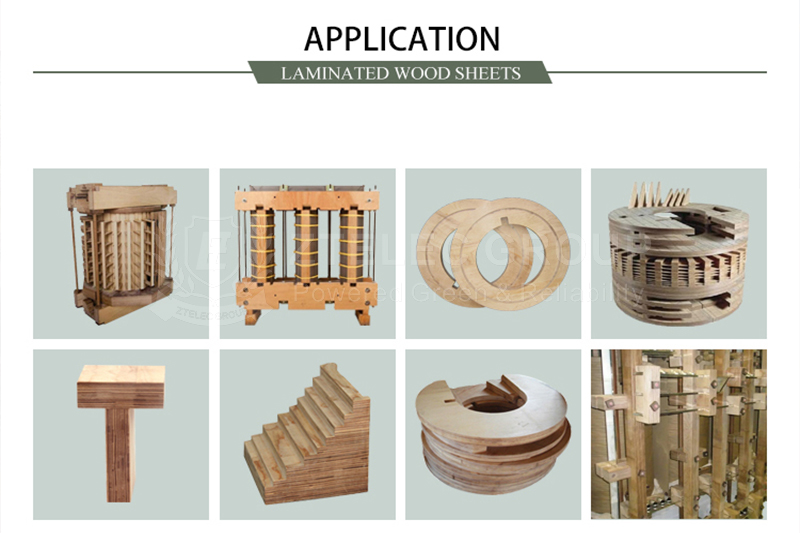
3. Process and quality control of laminated wood
Strict process and quality control are essential when producing laminated wood. The moisture content directly affects the insulation performance of laminated wood. The moisture content must be strictly controlled to avoid the reduction of insulation performance due to excessive moisture. Precision processing technology is used in the processing link to ensure the precise size of laminated wood, prevent stress from affecting the oil gap distribution during assembly, and ensure the stability of transformer performance. For the surface of laminated wood in contact with metal, anti-corona treatment is implemented to improve its long-term operating reliability and reduce the hidden dangers of failure caused by corona discharge.
- more+releated article
- 2025-10-21Application of K Factor Transformer
- 2025-10-21Detailed explanation about transformer model w
- 2025-10-2010kV Oil-Immersed Transformer Safety: Lightnin
- 2025-10-20What are The Advantages of Phenolic Cotton Clo
- 2025-10-17Are Three-Phase Isolation Dry-Type Transformer
- 2025-10-17G10 Epoxy Sheet: Choosing the Right Specificat
- 2025-10-1610kV Oil-Immersed Transformer Operation Inspec
- 2025-10-163240-B Epoxy Phenolic Glass Fiber Cloth Lamina
- 2025-10-15G10 Epoxy Sheet: The Preferred Insulation Mate
- 2025-10-15Analysis of Energy-Saving and Noise Control Te

